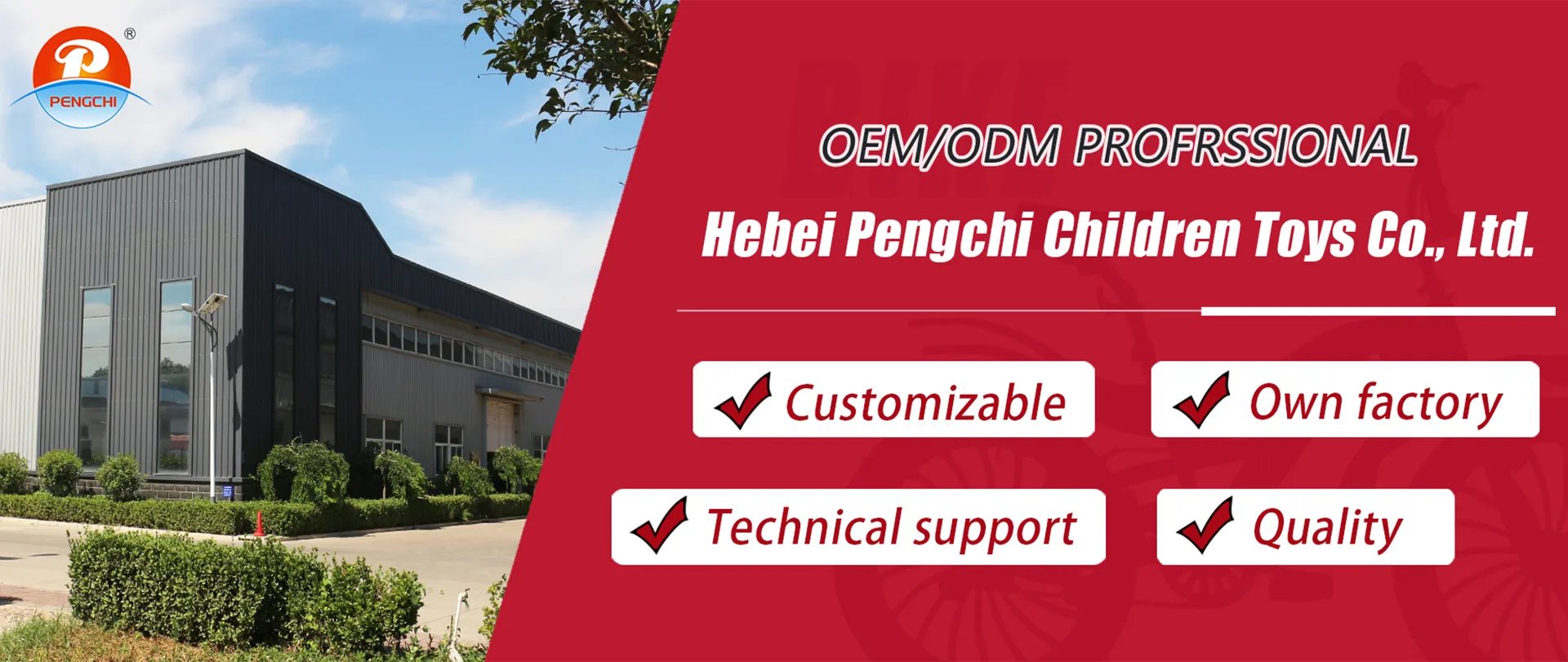
-
 Afrikaans
Afrikaans -
 Arabic
Arabic -
 Belarusian
Belarusian -
 Bengali
Bengali -
 Bulgarian
Bulgarian -
 Croatian
Croatian -
 Czech
Czech -
 Danish
Danish -
 Dutch
Dutch -
 English
English -
 Finnish
Finnish -
 French
French -
 German
German -
 Greek
Greek -
 hawaiian
hawaiian -
 Hebrew
Hebrew -
 Hindi
Hindi -
 Hungarian
Hungarian -
 Indonesian
Indonesian -
 irish
irish -
 Italian
Italian -
 Japanese
Japanese -
 Javanese
Javanese -
 kazakh
kazakh -
 Khmer
Khmer -
 Korean
Korean -
 Kyrgyz
Kyrgyz -
 Lao
Lao -
 Latin
Latin -
 Luxembourgish
Luxembourgish -
 Malay
Malay -
 Myanmar
Myanmar -
 Norwegian
Norwegian -
 Persian
Persian -
 Polish
Polish -
 Portuguese
Portuguese -
 Romanian
Romanian -
 Russian
Russian -
 Serbian
Serbian -
 Slovak
Slovak -
 Somali
Somali -
 Spanish
Spanish -
 Swedish
Swedish -
 Tagalog
Tagalog -
 Thai
Thai -
 Turkish
Turkish -
 Turkmen
Turkmen -
 Ukrainian
Ukrainian -
 Uighur
Uighur -
 Vietnamese
Vietnamese
окт. . 11, 2024 21:01 Back to list
how to choose a bike
How to Choose a Bike A Comprehensive Guide
Choosing the right bike can be a daunting task given the multitude of options available, whether you're a seasoned cyclist or a beginner. To help you make an informed decision, we will discuss several key factors to consider when selecting a bike that best suits your needs.
1. Determine Your Purpose
Before you begin your search, it's crucial to identify your primary purpose for the bike. Are you planning to commute to work, tackle mountain trails, or leisurely ride through the city? Each purpose demands a different type of bike. For instance, if you're looking to navigate rough terrains, a mountain bike with robust tires and a sturdy frame will suit you well. Conversely, if commuting on paved roads is your goal, a road bike or a hybrid might be more appropriate due to their lightweight and efficient design.
2. Understand Different Bike Types
Once you've established your purpose, familiarize yourself with the different types of bikes available
- Road Bikes Designed for speed and efficiency on paved surfaces, road bikes have thin tires and lightweight frames. They are perfect for long-distance rides and competitive cycling.
- Mountain Bikes Built to handle rough, uneven terrains, mountain bikes feature wider tires, a sturdier frame, and often come with shock absorbers. They are ideal for off-road adventures.
- Hybrid Bikes A blend of road and mountain bikes, hybrids offer versatility. They are suitable for various terrains and are great for commuters who may encounter both pavement and dirt paths.
- Cruiser Bikes Known for their comfort and style, cruiser bikes have a relaxed riding position and are intended for casual rides on flat surfaces.
- Electric Bikes (e-bikes) With a battery-assisted motor, e-bikes make cycling easier, especially for those facing challenging terrains or long distances.
how to choose a bike

3. Consider Your Budget
Bikes come at various price points, so it’s important to set a budget before you start shopping. While it’s easy to get tempted by high-end models packed with features, remember that a good quality bike does not always have to come with a high price tag. Determine what features are most essential for you and weigh those against your budget.
4. Test Ride
Once you've narrowed down your options, it's time to take a test ride. Visiting a local bike shop allows you to experience different bike models firsthand. Pay attention to comfort, handling, and fit. A properly fitted bike will make a significant difference in your overall riding experience. Consider aspects like the height of the handlebars, the reach to the pedals, and your overall comfort level while riding.
5. Think About Maintenance and Accessories
A bike requires regular maintenance, so be prepared to invest time or money into keeping it in good condition. Additionally, think about the accessories you may need, such as a lock, helmet, lights, pump, and repair kit. These essentials ensure a safer and more enjoyable ride.
6. Seek Professional Advice
If you're still unsure, don't hesitate to ask for help from experts. Bicycle shop staff are typically knowledgeable and can provide valuable insights based on your preferences and riding style. They can help you find the right bike and make necessary adjustments for a perfect fit.
Conclusion
Choosing the right bike involves careful consideration of your needs, preferences, and budget. By assessing your intended use, understanding the different types of bikes, and taking the time to test ride, you can find the perfect bike that will enhance your cycling experience. Remember, the right bike will not only keep you comfortable but also motivate you to ride more often and enjoy the great outdoors. Happy cycling!
-
Premium Titanium Road Bike: Lightweight & Durable
NewsAug.01,2025
-
Red Black BMX Bike with GPT-4-Turbo AI Tech
NewsJul.31,2025
-
New Red Anti-theft E-Bike | Easy Ride City Commuter
NewsJul.31,2025
-
BMX 20 Inch Bikes for Freestyle & Street | Fat Tire Options Available
NewsJul.30,2025
-
322 High Quality 26 Inch 21 Speed Adult Mountain Bike OEM MTB
NewsJul.29,2025
-
Specialized Kids Mountain Bikes - Safe, Durable & Fun Riding Experience
NewsJul.29,2025

